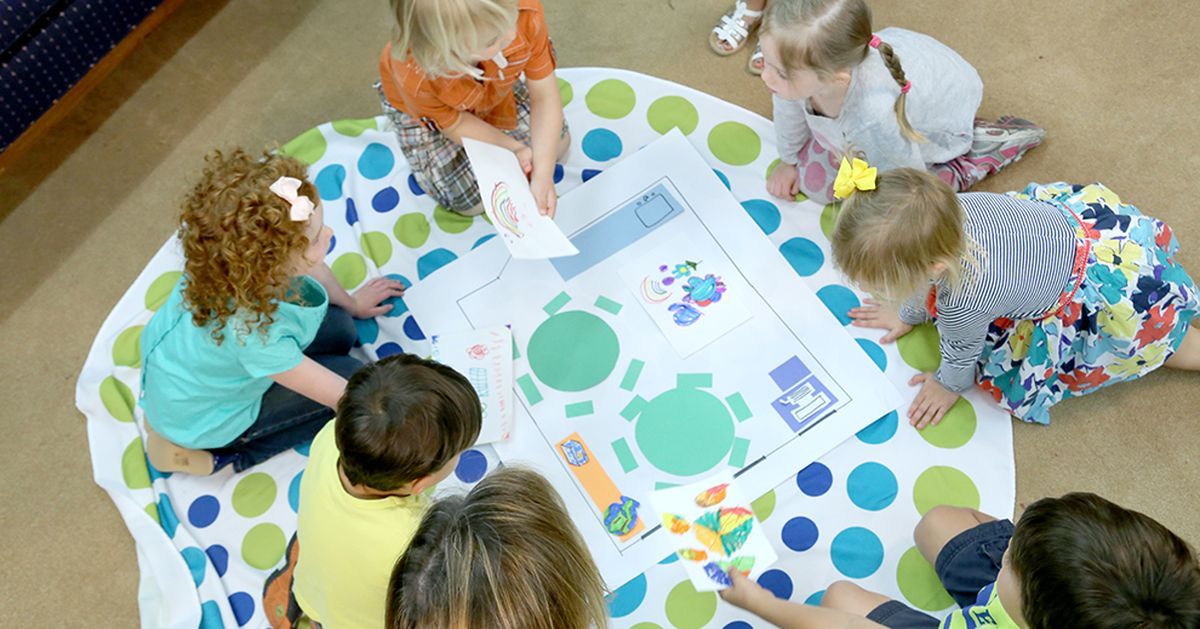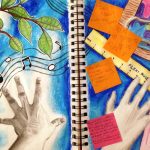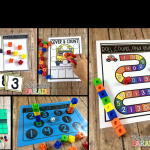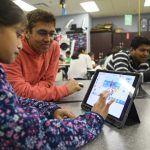
Unlocking the Wonders of Our Planet, One Lesson at a Time
Introduction
Geography is more than just maps and place names; it’s a passport to understanding the world. As the editor of a Grade K-8 education website, it’s evident to me that teaching geography to children is about sparking their curiosity and nurturing their global awareness. In this article, we will embark on a journey to discover how geography education is shaping young minds in the United States. We’ll delve into real-world examples, including insights from renowned educators, to illuminate the significance of geography adventures for kids.
The Significance of Geography Education
Navigating the World Through Knowledge
Geography education plays a crucial role in fostering global citizens. It equips students with the skills to understand the interconnectedness of our planet, appreciate diverse cultures, and address global challenges. As former U.S. First Lady Michelle Obama once stated, “We learned about dignity and decency—that how hard you work matters more than how much you make… that helping others means more than just getting ahead yourself.”
Geography Education in American Schools
Charting a Course for Future Leaders
In the United States, geography education has evolved to meet the demands of an increasingly interconnected world. American K-8 schools have recognized the importance of teaching geography as part of a well-rounded education.
1. Beyond Maps: A Modern Approach
Modern geography education goes beyond memorizing capitals and drawing maps. It encourages critical thinking and inquiry-based learning. This approach aligns with the words of renowned educator John Dewey, who believed that “education is not preparation for life; education is life itself.”
2. Geo-Literacy and Global Citizenship
The concept of geo-literacy has gained prominence in American K-8 education. It emphasizes not only knowledge of geography but also understanding how location impacts global issues such as climate change, migration, and resource distribution. As Geographer Harm de Blij noted, “We are now connected to more people, places, and ideas than ever before, but our way of life on this planet is not sustainable.”
3. Project-Based Geography: Solving Real-World Problems
Project-based learning (PBL) is a powerful tool in geography education. Students engage in real-world projects that require research, analysis, and problem-solving. An example is the “Mapping Our Watersheds” project at a Texas middle school. Students collected data on local water sources and pollution, contributing to a community effort to protect natural resources.
Geography Adventures in Practice: Real-Life Success Stories
Let’s explore some real-world examples of geography adventures that have ignited the imaginations of K-8 students across the United States.
1. Google Earth Expeditions: Virtual Globetrotting
Google Earth Expeditions have brought the wonders of the world into American classrooms. Students can explore the Great Wall of China, the Amazon Rainforest, or the Egyptian pyramids virtually. This technology-driven adventure was aptly described by astronaut Mae Jemison: “Exploration knows no bounds.”
2. National Geographic Bee: Fostering Future Explorers
The National Geographic Bee is a prestigious competition that challenges students’ knowledge of geography. It has inspired countless young minds to become passionate about the world’s diverse cultures and landscapes. As explorer Jacques-Yves Cousteau once said, “The Earth has music for those who listen.”
3. Adopt-a-Global-Region: Connecting with Peers Abroad
Some American K-8 classrooms participate in the “Adopt-a-Global-Region” program, where they connect with schools in other countries. Students exchange information about their local geography, cultures, and traditions. This fosters a sense of global community and mutual understanding, aligning with the words of anthropologist Margaret Mead: “Children must be taught how to think, not what to think.”
Measuring the Impact
Assessing the Benefits of Geography Adventures
Evaluating the impact of geography education on K-8 students involves considering both their knowledge and their worldview. Assessments may include quizzes, presentations, and discussions on global issues.
Conclusion: Charting a Future of Compassionate Global Citizens
Geography education is the compass guiding young learners toward a future of global citizenship. It instills not only knowledge of the world’s physical and cultural landscapes but also empathy, curiosity, and the desire to make a positive impact. As the editor of our Grade K-8 education website, I am dedicated to promoting geography adventures that broaden horizons and inspire the next generation of explorers. Together, we can continue to unlock the wonders of our planet, one geography lesson at a time.
















